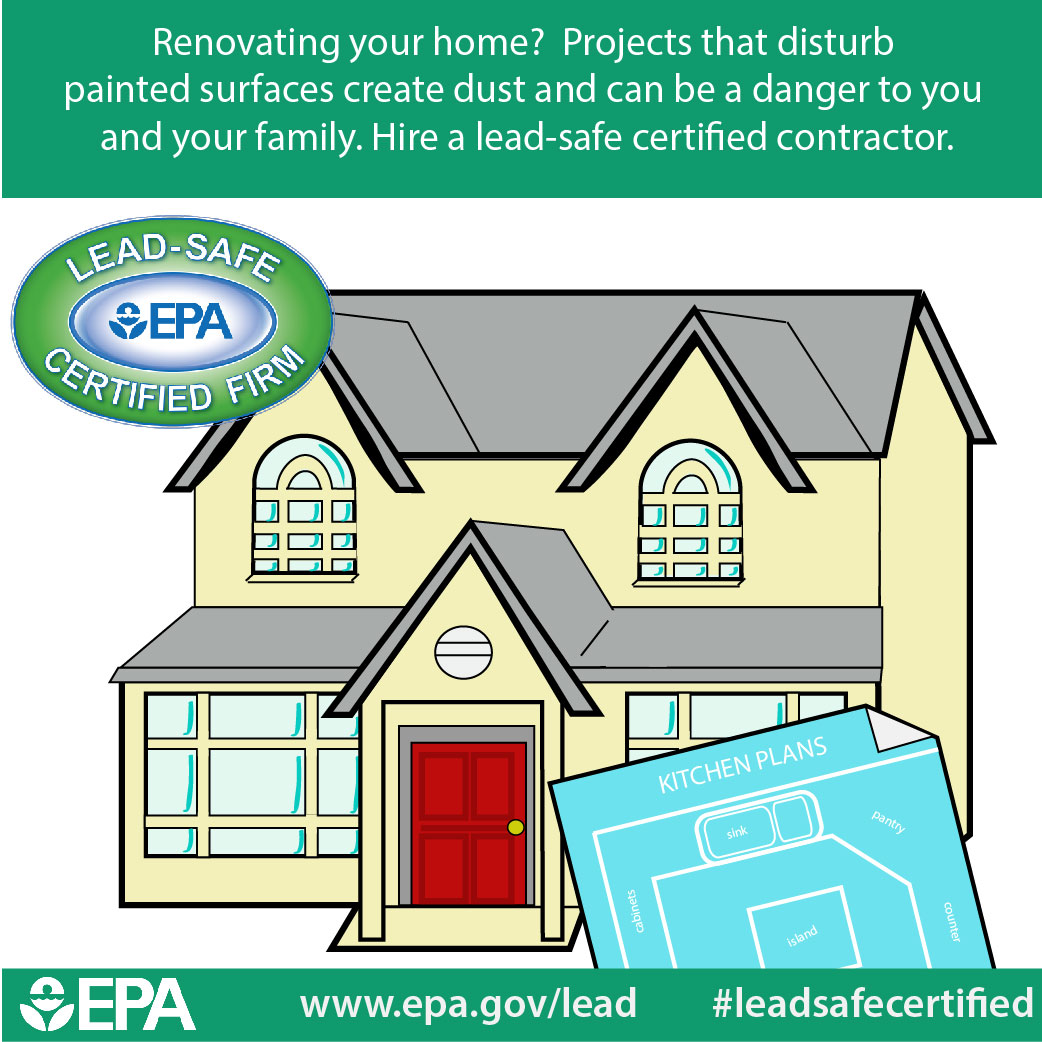Step-By-Step Overview To Preparing Your Walls For Painting
Step-By-Step Overview To Preparing Your Walls For Painting
Blog Article
Article Created By-Simonsen Zachariassen
When you're prepping your walls for paint, it's essential to follow a methodical process to guarantee a flawless finish. Beginning by examining https://original.newsbreak.com/@anita-durairaj-561241/2932276211383-a-man-takes-home-a-painting-he-found-in-a-farmer-s-shed-and-after-he-dies-it-is-listed-for-3-million for any damage; this action can make or damage your task. Once https://www.417mag.com/417-home/home-decor/colby-kerns-monochromatic-paintings/ have actually identified any kind of concerns, cleaning up the surface correctly is important, as an unclean wall surface can affect paint bond. After that, you'll need to patch any type of flaws and apply a primer. But there are specific methods and ideas that can raise your prep work video game-- let's check out those more to attain the very best outcomes.
Assessing Wall Problem
Before you get your paintbrush, take a minute to analyze your walls' problem. Check for any kind of noticeable damages like fractures, openings, or peeling paint. These blemishes can affect exactly how the paint adheres and looks as soon as it's completely dry. If you observe any type of considerable damages, you'll need to focus on repairs prior to diving into paint.
Look carefully at the texture of your wall surfaces. Is the surface area smooth, or exists texture that might require special consideration? Smooth wall surfaces typically require less prep, while distinctive surfaces may need even more time to repaint uniformly.
Additionally, think about the previous paint work. If the old paint is glossy, it mightn't allow new paint to stick properly. You'll want to know if your wall surfaces have actually been painted with oil-based or water-based paint, as this can affect your selection of primer or paint.
Finally, make note of any moisture concerns. If you see indications of water damage or mold and mildew, address these issues promptly to stop more complications.
Cleansing the Surface
As soon as you've evaluated the problem of your wall surfaces, the next step is cleaning up the surface area. Start by gathering your materials: a pail, cozy water, a mild detergent, a sponge or towel, and a scrub brush for harder areas.
Begin at the top edge of the wall surface and function your method down. Mix the detergent with warm water in your container, after that dip the sponge or fabric into the option. Wring it bent on avoid excessive dampness on the wall surfaces.
As you clean, pay close attention to areas that might've built up dust, oil, or fingerprints. For persistent spots, utilize the scrub brush carefully to avoid damaging the paint underneath. Rinse your sponge or towel frequently in tidy water to stop spreading dirt around.
After cleansing, it's important to clean the wall surfaces with a moist cloth to eliminate any type of soap residue. This step guarantees a smooth surface for the brand-new paint to comply with.
Permit the walls to dry totally before moving on to the following preparation actions. This comprehensive cleansing process will certainly assist produce a fresh canvas for your paint task, making sure the most effective outcomes.
Patching and Priming
Patching and priming are crucial action in preparing your wall surfaces for a fresh coat of paint. First, evaluate your walls for any kind of holes, cracks, or blemishes. Utilize a premium spackling compound or patching paste to fill up these locations.
Apply the substance with a putty blade, smoothing it out so it's flush with the surrounding surface area. Permit it to completely dry entirely, and then sand it lightly up until it's smooth and also.
When you've patched every little thing, it's time to prime. https://www.wsj.com/story/why-a-fresh-coat-of-paint-could-mean-more-money-and-a-quicker-home-sale-61dfd7b4 secure the patched areas, ensuring the paint sticks correctly and supplies an uniform surface. Choose a primer suitable for your wall surface kind and the paint you'll be utilizing.
Use the primer using a roller for bigger locations and a brush for edges and sides. If your patched locations are significantly big or permeable, you may want to use a 2nd coat of guide after the very first one dries out.
After priming, allowed everything completely dry completely before carrying on to paint. This preparation won't only improve the appearance of your walls but also prolong the life of your paint job.
Take your time, and you'll be pleased with the results.
Final thought
By complying with these simple actions, you can accomplish a smooth and specialist finish on your wall surfaces. Beginning by assessing their problem, then clean and patch any kind of flaws prior to using guide. Bear in mind to allow sufficient drying out time and make certain every little thing is smooth prior to you dive into paint. With the right prep work, you'll set the stage for a beautiful transformation in your space. Currently, gather your materials, inhale the fresh air, and get ready to paint!
